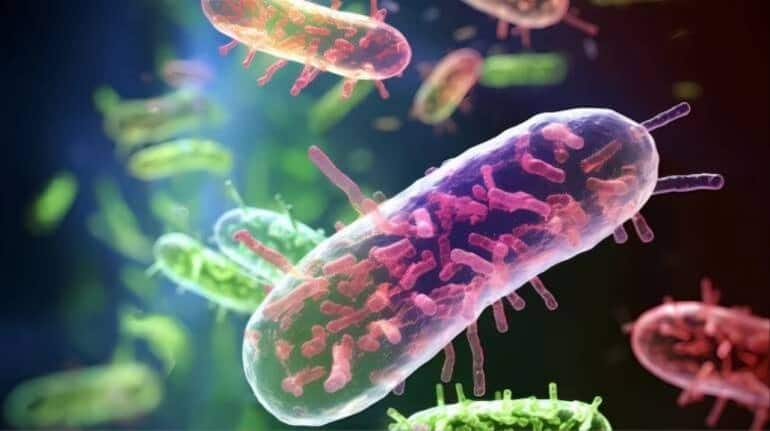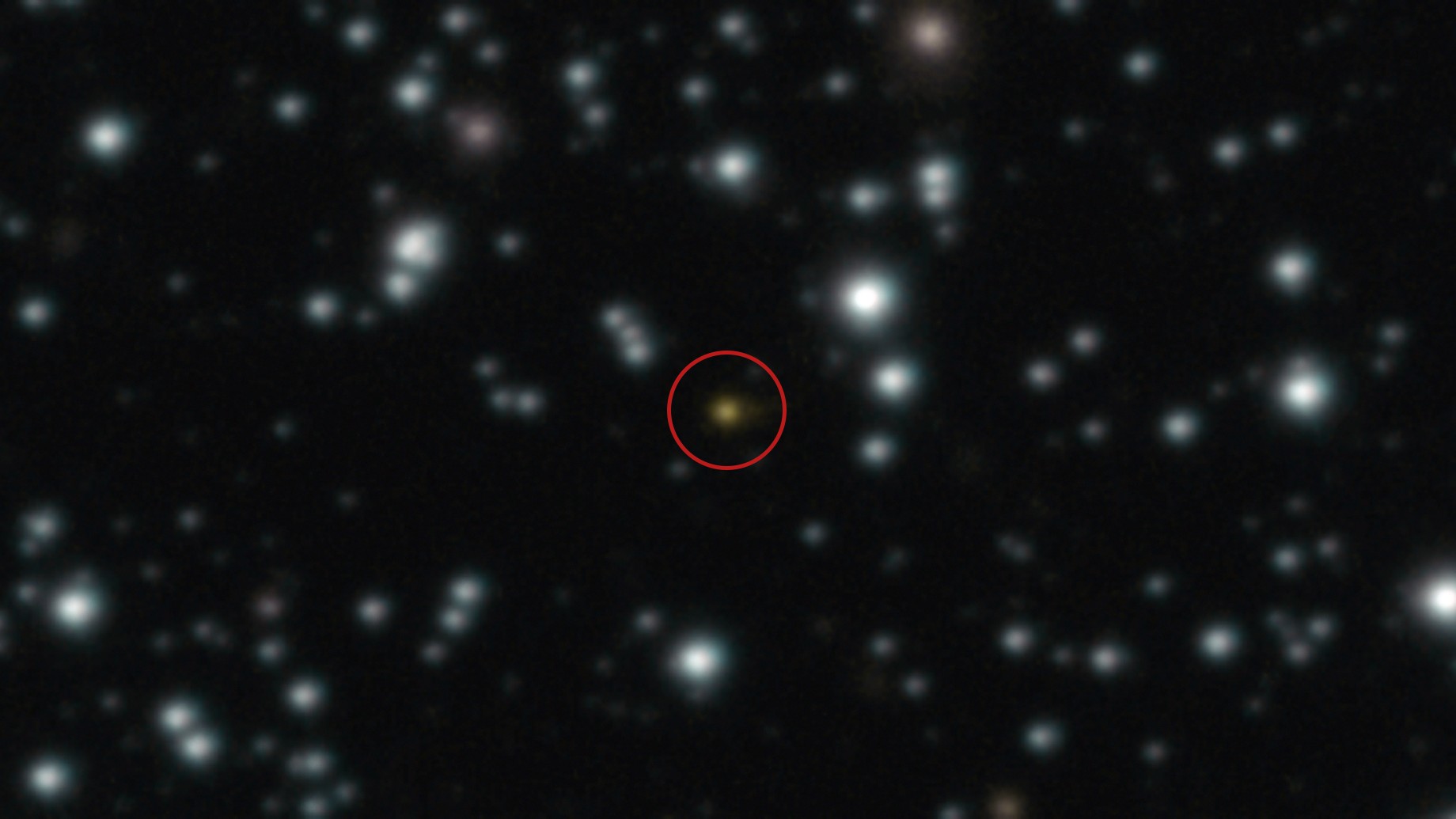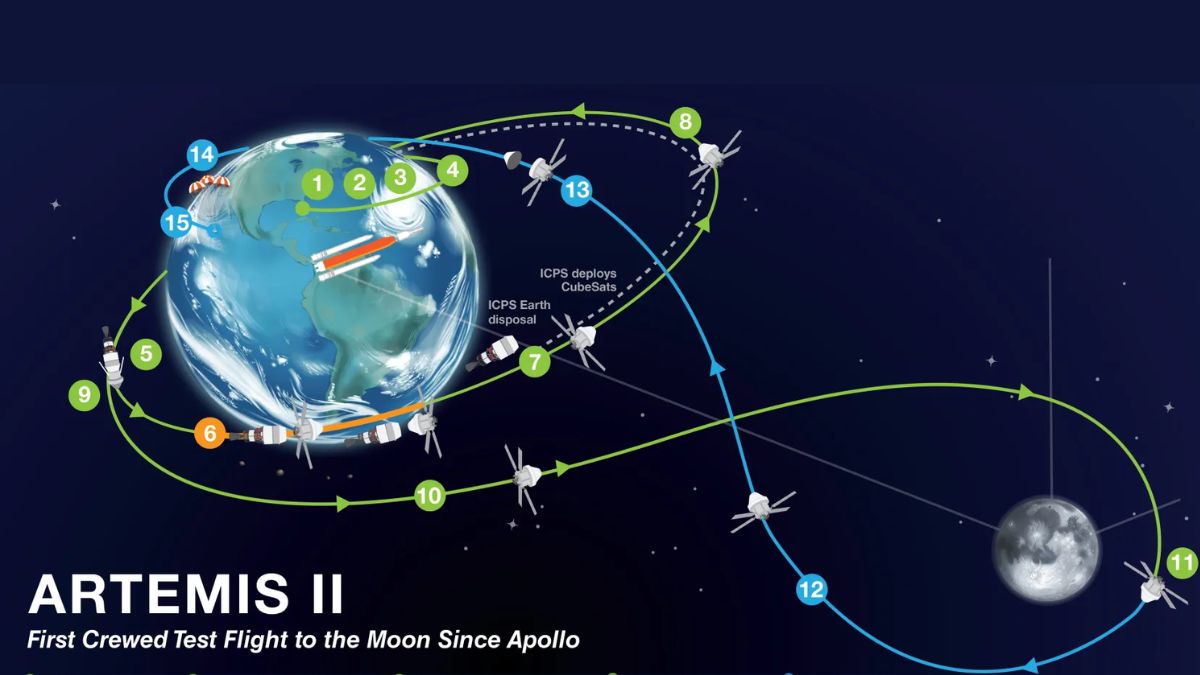Vast New World of Giant Viruses Uncovered in Earth’s Oceans

In a groundbreaking revelation, scientists have unveiled a hidden world beneath the ocean's surface, populated by an array of giant viruses, known as 'giruses'. This discovery offers a fresh lens through which to examine the functionality of ocean ecosystems and the survival strategies of marine life.
A recent study has introduced 230 previously unknown giant viruses, utilizing cutting-edge computer software to meticulously analyze water samples collected from oceans worldwide. The innovative tool, named BEREN, allowed researchers to map out a significant number of genetic sequences, uncovering 230 complete genomes and an additional 398 partial genomes, indicative of the vast diversity of viral life lurking in marine environments.
These newly discovered giruses are not merely passive entities; they have the potential to influence the biological processes in marine ecosystems. Published under the title “Expansion of the Genomic and Functional Diversity of Global Ocean Giant Viruses”, the study revealed an astonishing 530 new functional proteins attributed to these giant viruses. Notably, nine of these proteins are associated with photosynthesis, suggesting that these viruses could manipulate this critical process during their life cycle, particularly in the host organisms they infect.
This transformative discovery has significant implications for our understanding of the oceanic food web. Giruses are capable of infecting minute marine organisms such as algae and amoebae, both of which are vital to maintaining oceanic health and play a crucial role in the global carbon cycle. Their interactions could potentially reshape the ecological dynamics within the waters they inhabit.
The research identified two primary families of giruses: Algavirales and Imitervirales. Algavirales are specialized in targeting algae, while Imitervirales exhibit a more versatile genetic framework, allowing them to adapt to various host organisms. This expansive genetic repertoire may enhance their ability to manipulate and control host functions more effectively than conventional viruses.
Interestingly, these giant viruses have predominantly been located in colder oceanic regions, with the Baltic Sea and Antarctic waters emerging as hotspots, yielding 108 and 65 discoveries, respectively. Additional clusters were noted in the Arctic, South Pacific, and North Atlantic regions, highlighting the rich, unexplored viral biodiversity that these cold waters harbor.
Researchers emphasize the critical role that these viruses may play in marine ecosystem dynamics. Mohammad Moniruzzaman, one of the study's authors, articulated the importance of understanding the behavior of these giruses, particularly regarding their potential impact on algal blooms that can pose significant threats to both human health and marine life. “By understanding how these viruses behave, we might be able to predict or manage algal blooms,” he stated, underscoring the urgency of this research.
Benjamin Minch, another contributor to the study, pointed out that the findings pave the way for new methodologies to monitor viral prevalence and pollution in marine environments. The study’s framework is anticipated to enhance water quality assessments and facilitate the detection of harmful pathogens in oceanic settings.
Moreover, the implications of this research extend into the realm of biotechnology, as some of the viral proteins identified may hold valuable applications. Scientists are keen to explore the enzymes derived from these giruses, examining their roles in marine food chains and potential uses in scientific and medical research.
This significant study not only enriches our understanding of oceanic life but also reinforces the notion that even the smallest organisms can wield substantial influence over larger ecological systems.


























